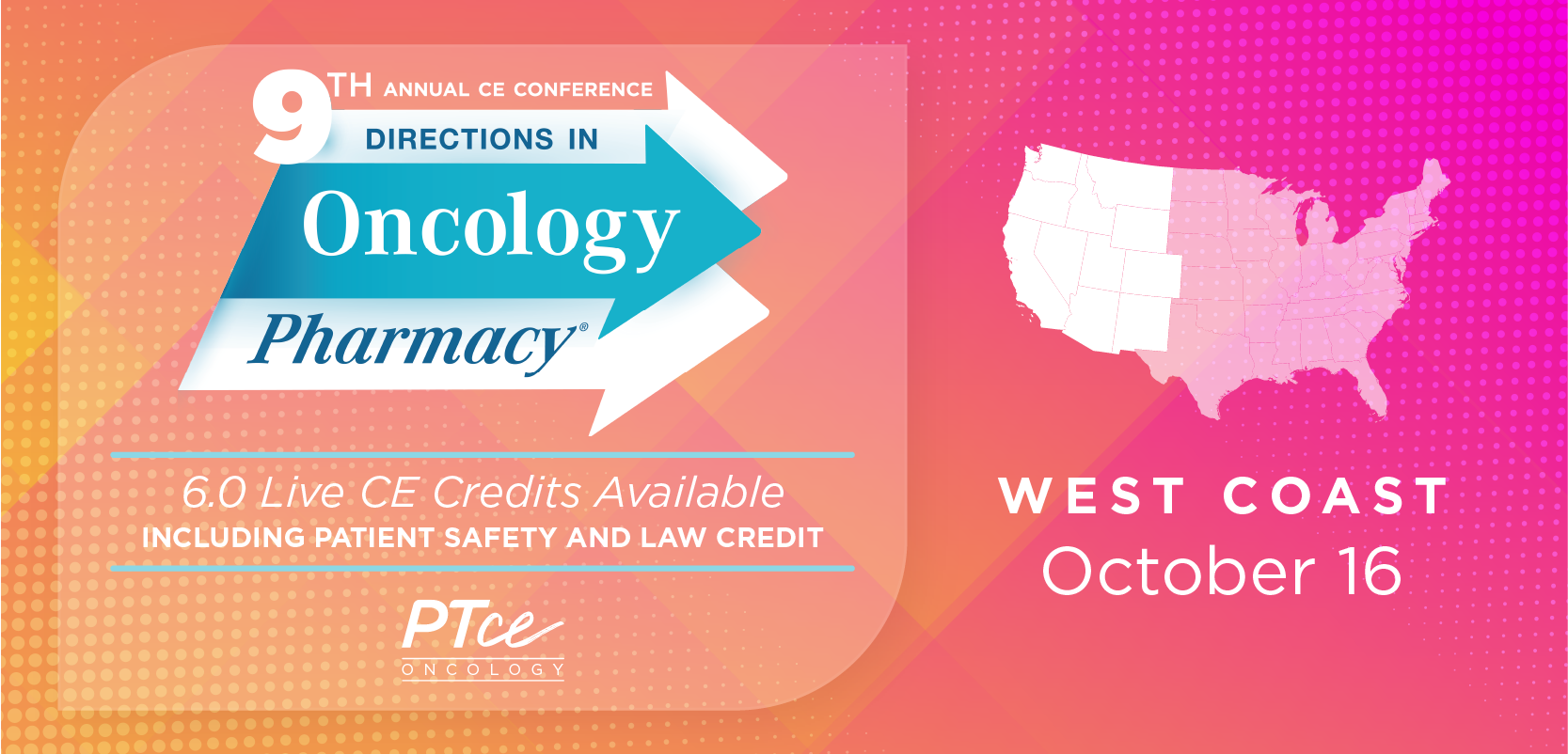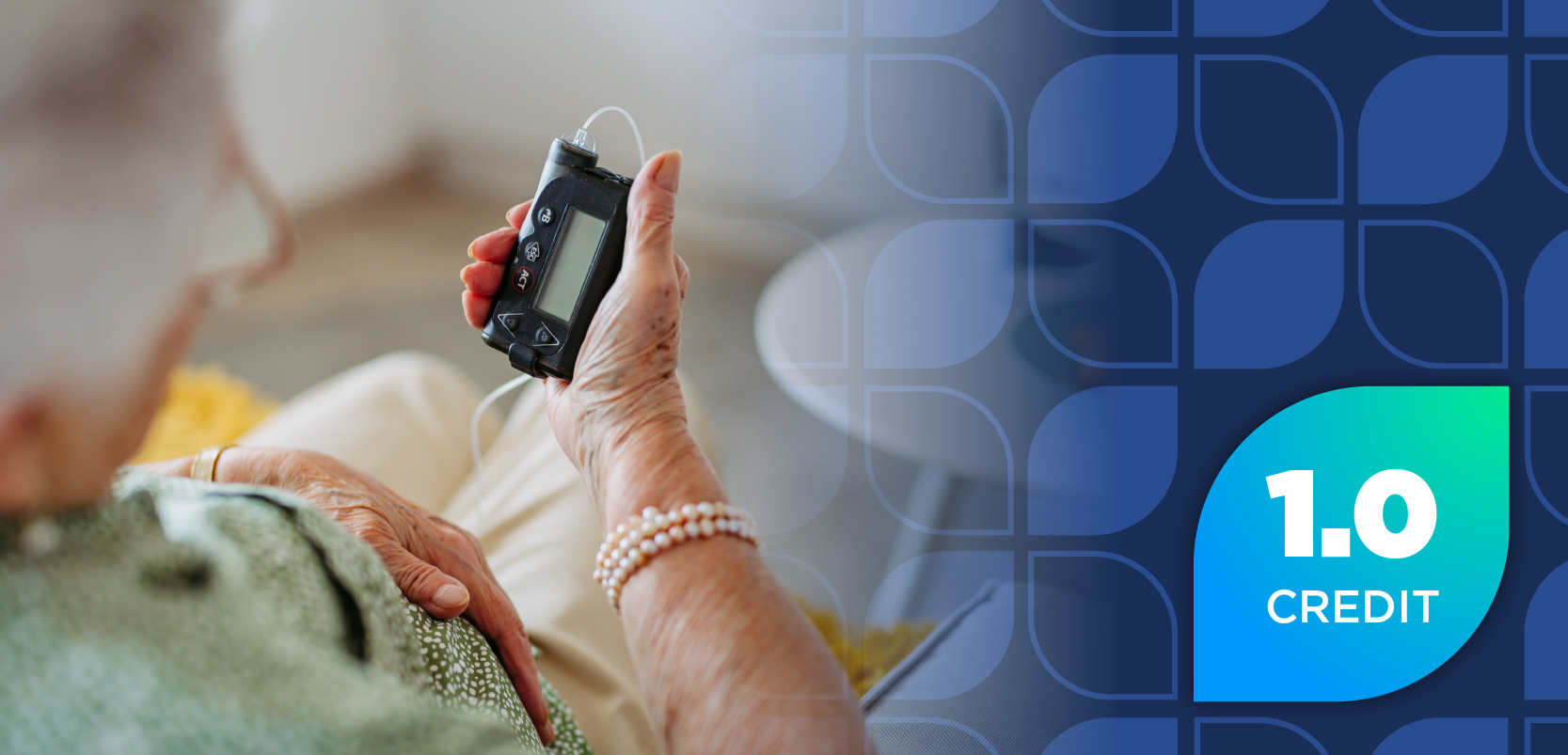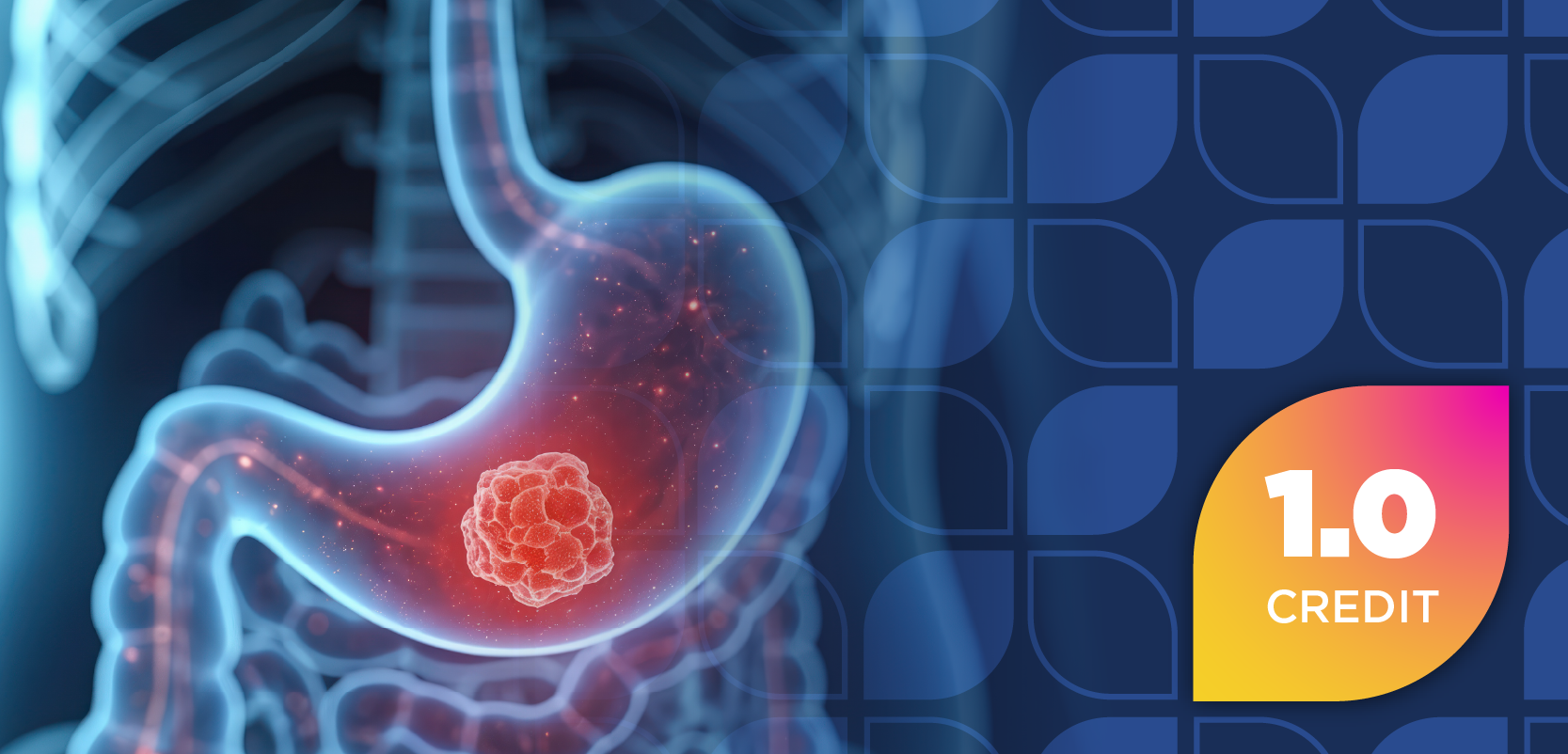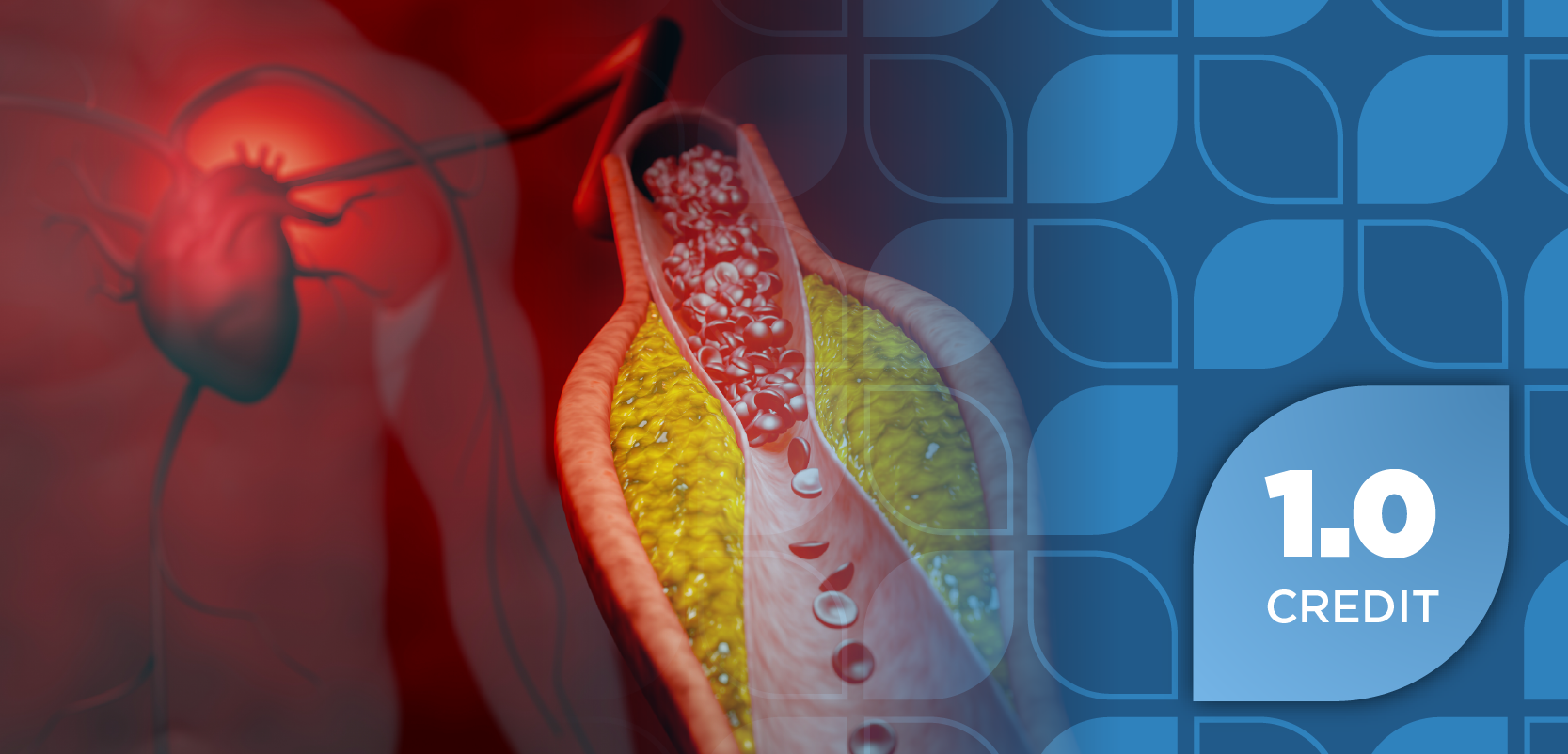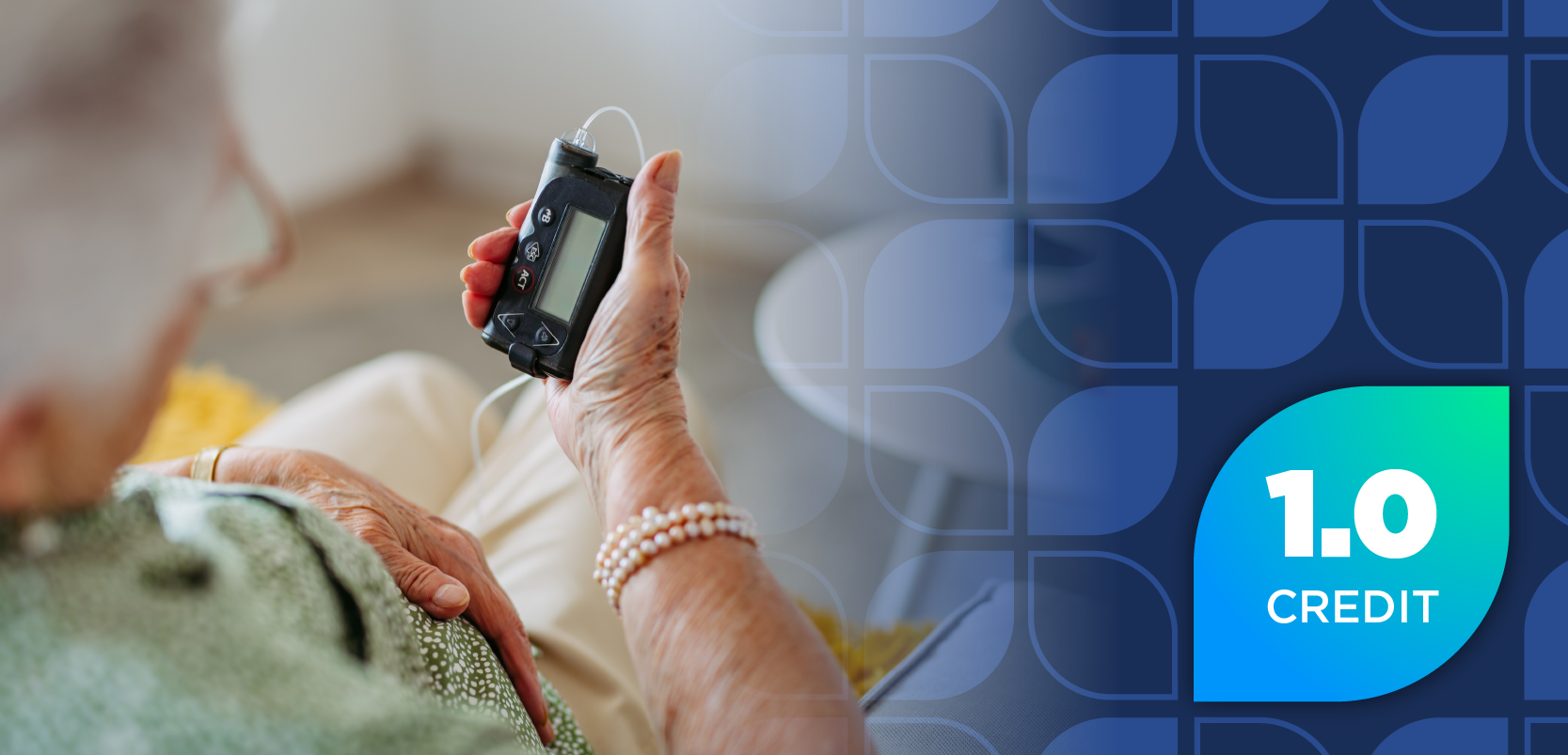
Strategies to Improve Cardiovascular Health, Manage Obesity Are Evolving Rapidly
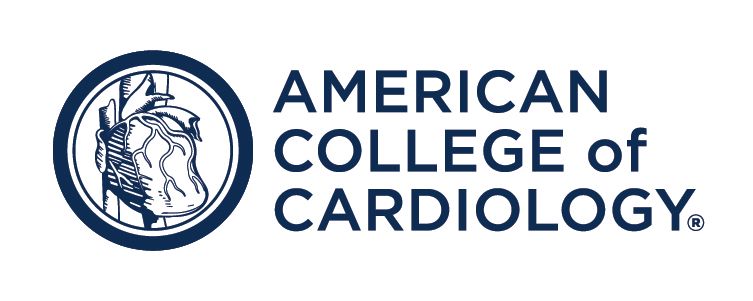
Key Takeaways
- Obesity is a chronic disease affecting over 1 billion adults, with significant increases in prevalence over the past 3 decades.
- New obesity medications, such as nutrient-stimulated hormone therapies, target metabolic pathways and control appetite, offering cardiovascular benefits.
Discover effective strategies for managing obesity to enhance cardiovascular health, including innovative treatments and the vital role of pharmacists.
Managing weight is crucial to maintaining cardiovascular health, according to study authors of research published in The Journal of the American College of Cardiology (JACC).1,2 In these studies, the authors discuss actionable guidance to manage obesity and improve individual cardiovascular health. Amid a new era of obesity management, there is an “ever-expanding set of tools” that can be used to help patients navigate diagnosis and weight reduction and mitigate the risk of cardiovascular disease.1,2
Weight Management Strategies
Obesity is a chronic disease that affects over 1 billion adults worldwide. Across 3 decades, the rates of obesity in adults have doubled, and in children and adolescents, they have quadrupled internationally. Specifically, approximately 40.3% of US adults have obesity (defined as a body mass index [BMI] of ≥ 30 kg/m2), and 9.4% have severe obesity (BMI: ≥ 40 kg/m2).1
“Obesity remains a stigmatized condition, and clinicians should be aware that some individuals may experience discomfort with being weighed, abdominally measured, or talking about weight during a medical visit,” study author Michelle Kittleson, MD, PhD, director of education in Heart Failure and Transplantation and professor of medicine at Smidt Heart Institute, Cedars-Sinai, said in a written interview with Pharmacy Times®. “Diagnosis is important as the first step to treatments, as addressing obesity can improve [heart failure] symptom burden, functional capacity, and quality of life.”
The newest generation of obesity medications is nutrient-stimulated hormone (NuSH) therapies, which represent a broad treatment category that targets metabolic pathways while helping to control the patient’s appetite. Current targets of FDA-approved NuSH therapies include glucagon-like peptide-1 (GLP-1) and glucose-dependent insulinotropic polypeptide (GIP) receptor agonists.1,2
It is important to note that although BMI is an inexpensive, easily acquired, and readily reproducible metric firmly embedded in research and clinical practice, significant limitations remain because this measurement does not consider excess adiposity, the location of said adiposity, or applicability to diverse populations. Therefore, additional assessments of certain anthropometric criteria (eg, waist circumference) may be necessary to identify clinical obesity. Despite this, current indications for currently available antiobesity medications rely on BMI as a measurement.
“Regarding diagnosis of HF, this is encouraging individuals to think outside the ‘BMI box’ for diagnosis of obesity, including consideration of fat distribution, muscle mass, or sex/racial differences,” study author Olivia N. Gilbert, MD, MSc, FACC, associate professor at Wake Forest Baptist Medical Center and vice chair of quality and service in the Department of Cardiovascular Medicine, said in the written Q&A.
Regarding pharmacological interventions, Kittleson explained there are FDA-approved, second-generation antiobesity medications, including orlistat (Xenical; H2 Pharma, LLC), phentermine/topiramate (Qsymia; Vivus, Inc), and naltrexone/bupropion (Contrave; Currax Pharmaceuticals); however, these are reported to have minimal efficacy and are limited by adverse effects (AEs), notably in patients with HF. Conversely, third-generation agents such as semaglutide (Ozempic, Wegovy; Novo Nordisk) and tirzepatide (Zepbound; Eli Lilly) are more effective than lifestyle interventions and less risky than invasive procedures, with increasing evidence of cardiovascular benefit in individuals with HF with preserved ejection fraction.
Pharmacists Are Crucial in Helping Patients With Weight Management
In implementing solution sets for obesity management, pharmacists can collaborate in a multidisciplinary setting to ensure patients are educated and aware of potential adverse events and adhere to treatments to gain the best outcomes. Outside of education, pharmacists can also help patients navigate insurance-related challenges or the prior authorization process. Above all, Gilbert emphasized that as insurance coverage expands, there is a greater opportunity for accessibility to broaden beyond weight management and be used for cardiovascular outcomes.
“There is a key role for pharmacists in managing cardiometabolic clinics. Cardiometabolic clinics could serve as a dedicated, multidisciplinary platform for the early detection, prevention, and comprehensive management of the interrelated conditions of obesity, type 2 diabetes, dyslipidemia, and metabolic dysfunction,” Kittleson explained. “The role of the pharmacist would be to provide personalized treatment strategies, including lifestyle interventions, pharmacotherapy (such as titrating and tapering medications), and metabolic procedures, and provide structured follow-up to improve long-term outcomes.”
On the Horizon
There are some promising innovations coming up in the pipeline, said Kittleson and Gilbert. For instance, agents that are not only GLP-1 and GIP receptor agonists but also glucagon receptor agonists, and these triple agonists may provide even more potent efficacy. Further, there are several novel agents that have dual and triple mechanisms of action that target other NuSH therapies that are undergoing development.1,2
Alongside pharmacological innovations, the need for guidelines is also required. In her paper, Gilbert emphasizes the benefits of Concise Clinical Guidance (CCG) documents and how they help fill the gaps for practical management of specific conditions, particularly in diseases in which none exist.1
“The intent [of CCGs] is to make the information accessible and digestible with an emphasis on figures, tables, and checklists. As the evidence base evolves, it is expected that information within a CCG may be further addressed in more comprehensive clinical practice guidelines,” said Gilbert.
REFERENCES
1. Gilbert O, Gulati M, Gluckman T, et al. Concise Clinical Guidance: An ACC Expert Consensus Statement on Medical Weight Management for Optimization of Cardiovascular Health: A Report of the American College of Cardiology Solution Set Oversight Committee. JACC. Published online 2025, June 20. doi:10.1016/j.jacc.2025.05.024
2. Kittleson M, Benjamin E, Blumer V, et al. 2025 ACC Scientific Statement on the Management of Obesity in Adults With Heart Failure: A Report of the American College of Cardiology. JACC. Published online 2025, June 13. doi:10.1016/j.jacc.2025.05.008
Newsletter
Stay informed on drug updates, treatment guidelines, and pharmacy practice trends—subscribe to Pharmacy Times for weekly clinical insights.







